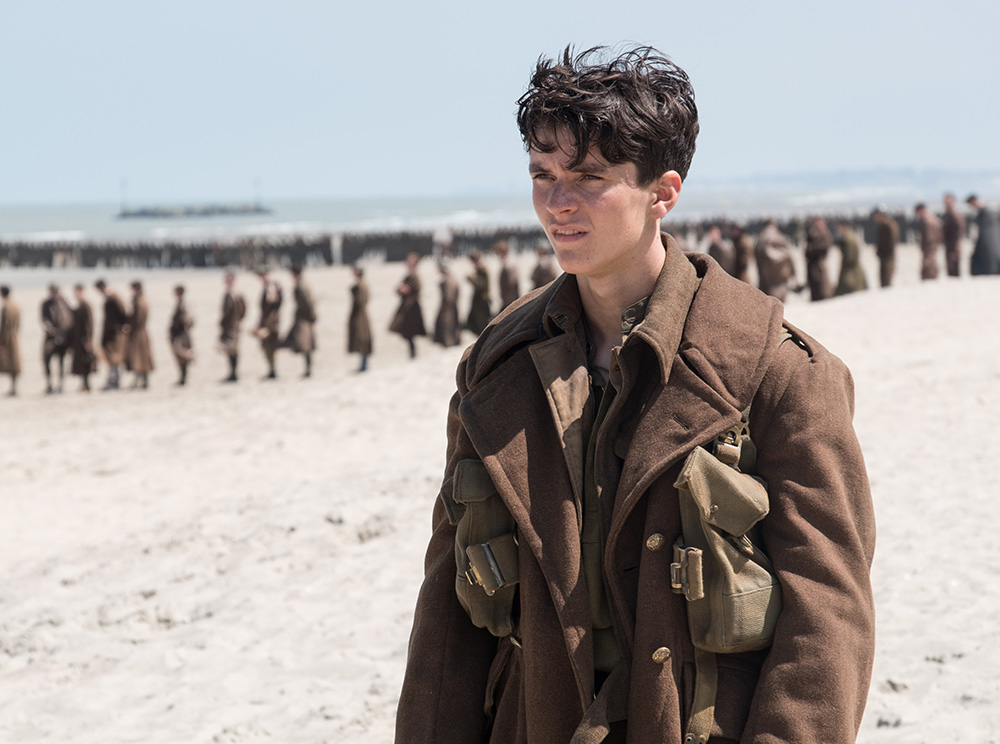Christopher Nolan has been quite the polarizing director over the last almost two decades. Since the turn of the millennia, Nolan has directed eight movies and each of those have gone on to be well received by both the critics and fans alike. One common trait that we’ve experienced from the majority of those films has been the runtime, clocking in at a whopping average of almost 142 minutes per film. That’s more than two hours and 20 minutes of in-depth story telling. His latest work, Dunkirk weighs in at a measly 106 minutes which begs the question, what’s missing this time around? Let’s discuss things and see whether or not this latest feature measures up to Nolan’s ongoing legacy.
The Battle of Dunkirk took place for a duration of just over a week in France in 1940 as British and Allied forces were forced out of the small French city. This film is more or less a snapshot of that time with the majority of the focus being centered on the final day. With their backs against the wall, or sea in this case, weary soldiers can read the writing on the wall as the decision has been made to evacuate and regroup against an unrelenting adversary. This intense story is told in a stylistic Christopher Nolan way whereas there are multiple perspectives to be covered over a short period of time. Long time fans of the director will get to see a different side to style as he shapes this WWII historical event into the theatrical vision that he wants to share.
As stated earlier, the runtime is shorter than usual which means that Nolan is forced to pick up the pace and maintain it throughout the biopic. He relies heavily on all of the things that good directors do. The plot, acting and action prove to be a recipe for success and Nolan checks off all three boxes. The story of Dunkirk has not been OVER told so there is an unexpected air of mystery surrounding the eventual outcome. As for the acting, Nolan pulls in a couple of his personal faves, Tom Hardy and Cillian Murphy, as well as other accomplish actors such as Kenneth Branagh and Mark Rylance. He also brings in younger actors like Fionn Whitehead, Damien Bonnard and Aneurin Barnard. Probably the most famous individual in this film (depending on your demographic) is Harry Styles. While the action isn’t overpowering, it is ever-present and that alone keeps audiences on the edge of their seats while holding their collective breath. Diversity is key here and all of the ingredients worked well together with no obvious missing pieces.
The beautiful cinematography deserves special mention because all of the beauty is captured, even if it is in the backdrop of warfare. The sweeping landscape shots and tight action scenes will give a strong appreciation to what these young men went through as well as what was sacrificed. Staying with the visualization of the war for another minute, even in the comfort of your theater seats, you will as though you’re going through all of the same things that these soldiers were faced with.
Even with the shorter length, Dunkirk will exhaust you as though you just watched a three hour epic event. There were so many unsung, unknown heroes just as there are with many war stories. In this retelling, you will get to know some of these individuals and will be better for it. See this one in theaters so that you can immerse yourselves completely in the story, sound and overall cinematic experience that will do this movie the most justice.

